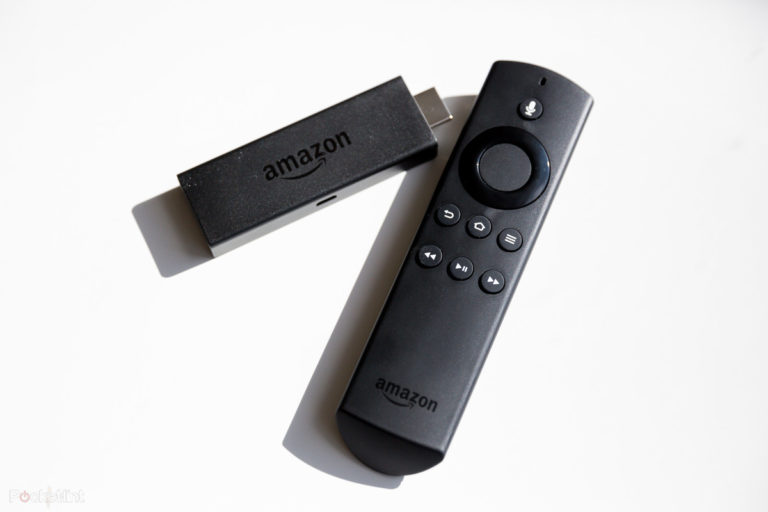Over the course of a decade, streaming has quickly surpassed cable as the preferred method of consuming television. No longer bound by expensive cable packages and programming DVRs to catch all your favorite shows, streaming devices have opened up an entirely new means of watching movies and television from the comfort of home. Of course, with this new hardware comes plenty of competition and it can be daunting choosing the right device. Here’s a look at a few different streaming devices to determine which one is best suited for your home viewing experience.
1. Roku
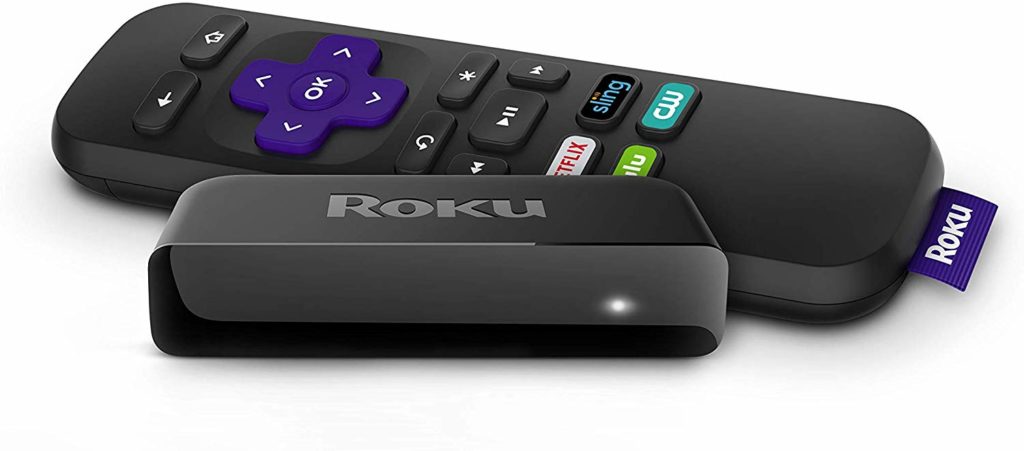
Roku devices come in the most shapes and sizes to suit various economic and quality needs. Roku Express is the cheapest at $30, providing HD video in a very simple package. For $10 more, the Roku Premiere offers 4K and HDR video for those with a more high quality setup but doesn’t want to spend too much to show it off. For those on the go, the Roku Streaming Stick takes up very little space by plugging directly into the TV with a single stick, serving up HD/HDR/4K video with a remote that can recognize voice commands, selling for $50. But for those who want the best quality, Roku Ultra delivers on the same functions as Roku Premiere but with a speedier system that allows for faster loading and a lost remote finder, for $100.
2. Amazon Fire Stick
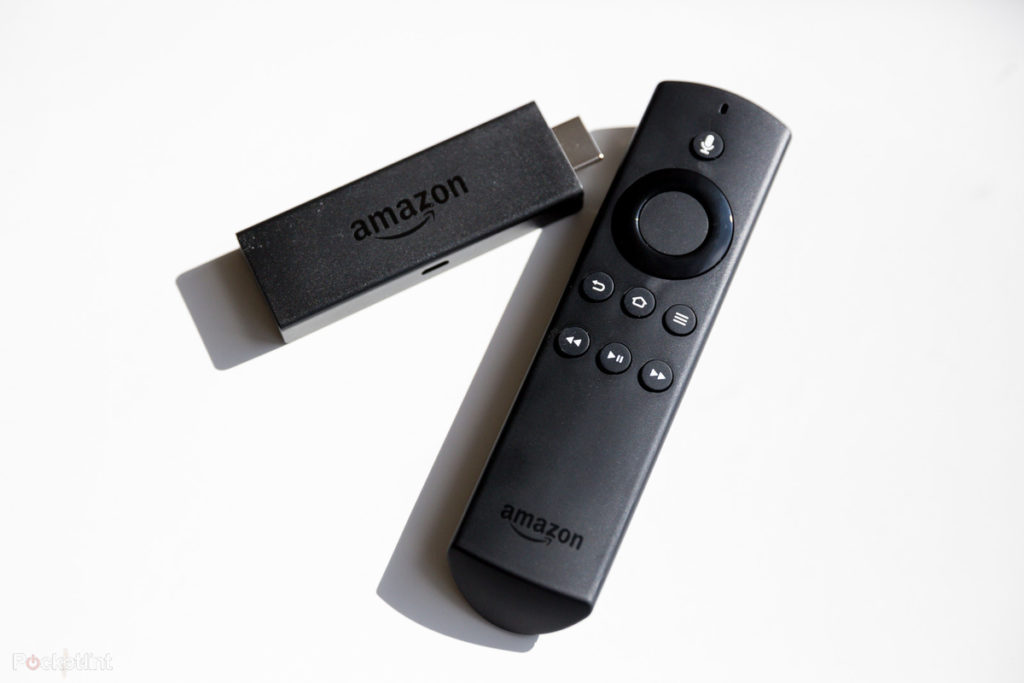
Though the Amazon Fire Stick is a slightly better deal for selling at $40 and with the bonus of the Alexa voice service. Not only does the remote pick up on finding movies and television in the same way as Roku’s voice remote but it additionally can check on any Alexa connected services. So if you already have Alexa connected to your home, you can start the movie and turn down the lights on the same remote. The setup is very quick and simple with solid wifi connectivity for the device. The Fire Stick displays video in HD but can be upgraded to 4K for a device set at $50. This is best suited for those who want a quick and simplistic setup, especially if they already own Amazon Prime or an Alexa device.
3. Amazon Fire TV Cube

Compared to Roku’s highest brand model, the Fire TV Cube is certainly on the more expensive side of streaming players, costing $120. You do receive quite a few extra features with it though. The hardware is more powerful for faster speeds, especially with the addition of an ethernet port for those who want the highest speeds possible. With the addition of far-field voice, you don’t even need the remote to ask the device to load up your entertainment. All these features are nice but mostly beneficial if you already have Alexa performing multiple functions throughout your household.
4. Apple TV
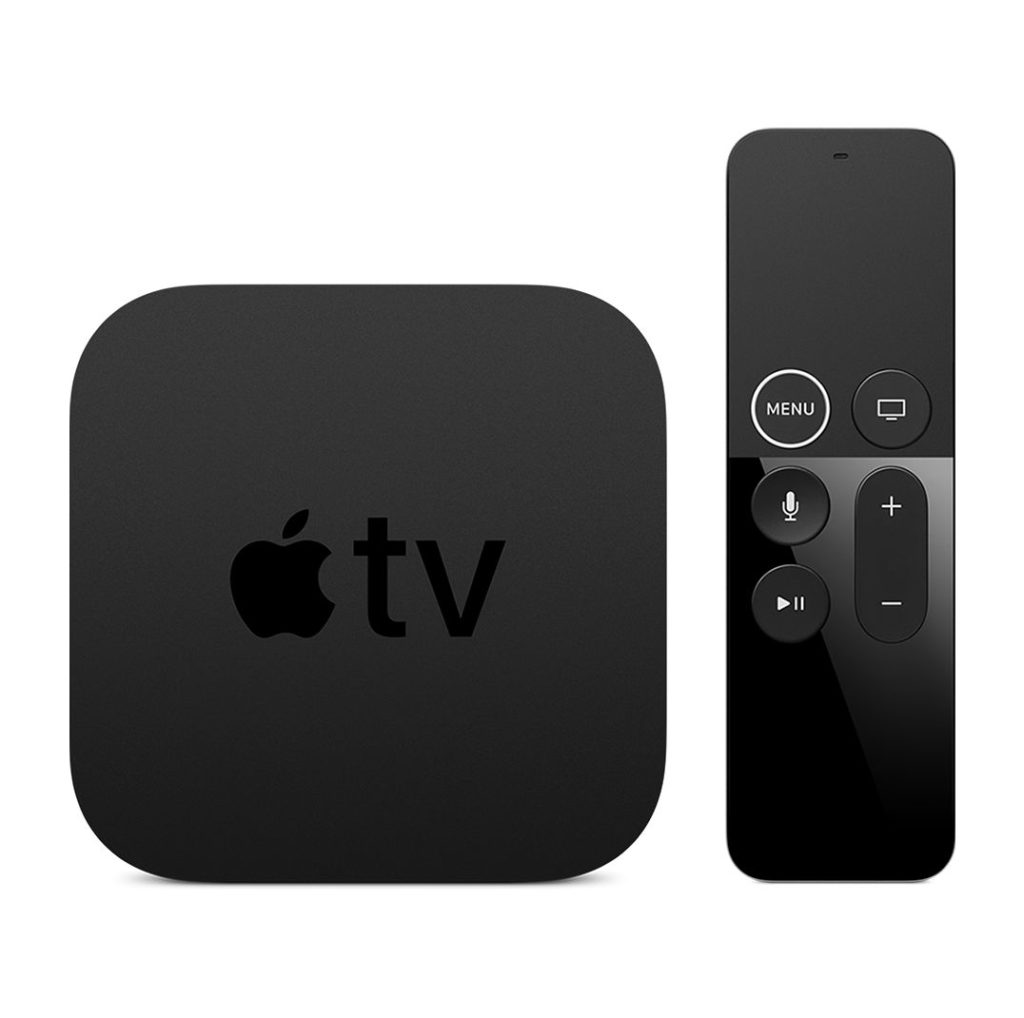
There’s no surprise that Apple is by far the most expensive of the streaming devices, given how staggering their other products cost. The basic Apple TV for displaying HD video is $150 while the 4K version ranges from $180 to $200, depending on the storage space. Similar to Amazon, Apple’s TV products have their own voice-activated functions via Siri. The brand association appeal goes double for the likes of Apple TV which most benefits Apple users who want to keep everything connected, especially given the price. The quality is still great and the apps are still plentiful but there’s little on that front within Apple TV to justify it over the cheaper brands aside from a slicker interface and more robust system specs.
5. Chromecast
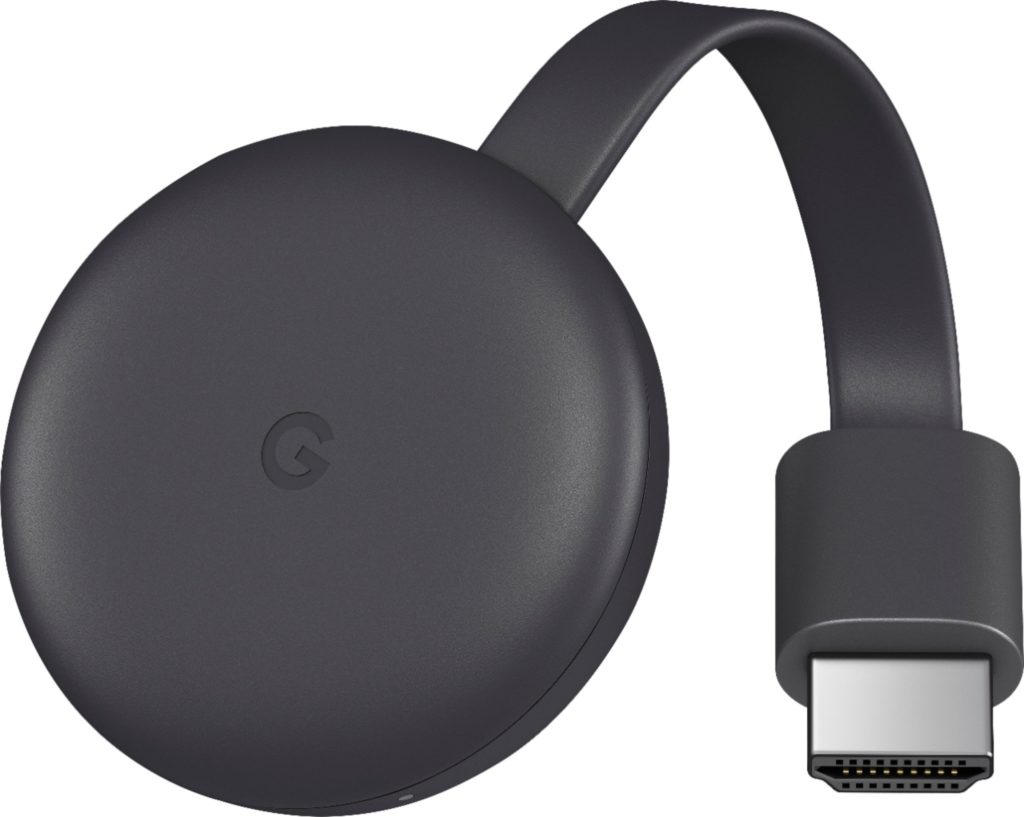
Keeping in step with Amazon and Apple, Google’s Chromecast is designed to be an immersive unit with its own brand. At $35, the tiny Chromecast functions via your Android phone acting as the remote. For those with an Android phone, it’s a neat tool that prevents you from scrambling for the remote lost in the couch as you’ll most likely never lose track of your phone. Chromecast supports displaying all the same streaming video apps but it’s perhaps best supported for those who watch a lot of YouTube through their phone that want to throw it up on the television.
6. NVIDIA Shield TV
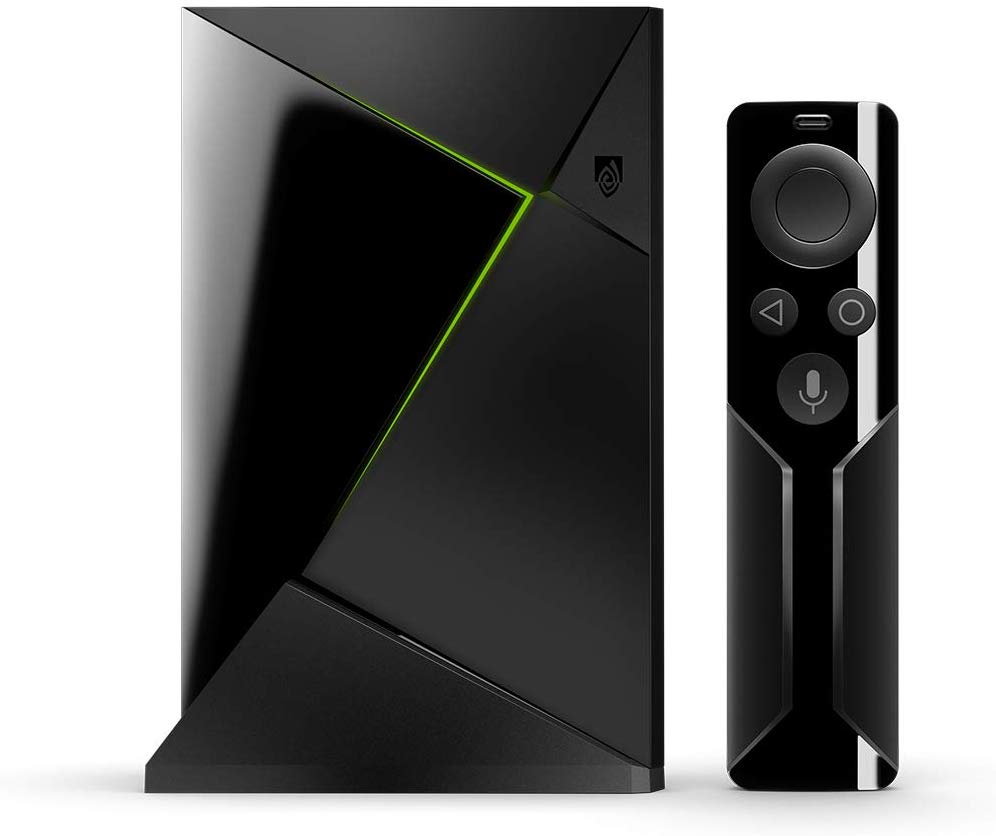
Despite a hefty price tag of $150, NVIDIA is a decent compromise for a system that functions for both entertainment and games. In addition to offering the same media apps as the other players, Shield TV doubles as a gaming console capable of supporting games through Android or Steam Play. Worth noting is that in order to make this setup the most functional you’ll need to spend a little extra on a game controller and already have a gaming PC, so it’s best suited for PC gamers who already have a setup and would just like to switch to the television.



















